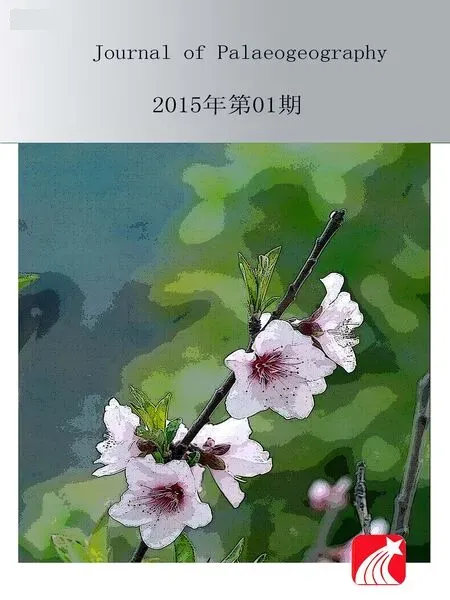Hope to be from model to practice— Words of the Editor-in-Chief
The article “3D palaeogeographic reconstructions of the Phanerozoic versus sea-level and Sr-ratio variations” contributed by Christian Vérard, Cyril Hochard, Peter O. Baumgartner and Gérard M.Stampfli, is an academic thesis on global and mobile tectonopalaeogeography. The model proposed in this article makes it possible to reconstruct the surface features of topography since the Phanerozoic,i. e., the altitude above sea-level of oldland and the water depth of palaeoocean of “anywhere on the globe and at any geological time”. It is truly a significant creation.
I am not a specialist of tectonopalaeogeography and I have been engaged in the researches and teaching of lithofacies palaeogeography. During my researches and teaching in China, I can neither determine the altitude of oldland nor determine the depth of its peripheral paleooceans, because I do not have an effective methodology.
For example, during the Cambrian and Ordovician in China, the “Cathysian Land”, a young-aged land with steep topography, provided nearly 20,000-m-thick terrigenous clastic sediments for the Southeastern Clastic Platform on its western side; Whereas, the “North China Land”, an old-aged peneplained oldland with gentle topography, can just provide less quantity of mud for its surrounding regions, thus led to the development of mud flat, muddy dolostone flat and carbonate platform. — I can just generally and qualitatively illustrate this problem, neither dare to quantitatively determine the altitude of these two lands, nor to quantitatively determine the depth of their peripheral seawaters.
I had presented my book titled by “Lithofacies Paleogeography of the Cambrian and Ordovician in China” to Dr. Christian Vérard as a reference for introducing the background of these two oldlands.If the authors, Christain Vérard et al., based on their model, can determine the altitude of both the“Cathysian Land” and “North China Land” and the depth of their peripheral oceans, it will be a great contribution to the palaeogeography of China from the authors and their team.
It may be a progress from model to practice. It may be a process with more scientific implications.I hope it will be a reality earlier.
 Journal of Palaeogeography2015年1期
Journal of Palaeogeography2015年1期
- Journal of Palaeogeography的其它文章
- Provenance and drainage system of the Early Cretaceous volcanic detritus in the Himalaya as constrained by detrital zircon geochronology
- 3D palaeogeographic reconstructions of the Phanerozoic versus sea-level and Sr-ratio variations
- Modern Black Sea oceanography applied to the end-Permian extinction event
- Nonmarine time-stratigraphy in a rift setting: An example from the Mid-Permian lower Quanzijie low-order cycle, Bogda Mountains, NW China
- A revised Mississippian lithostratigraphy of County Galway (western Ireland) with an analysis of carbonate lithofacies, biostratigraphy, depositional environments and palaeogeographic reconstructions utilising new borehole data
- General regulations about submitting manuscripts to Journal of Palaeogeography
